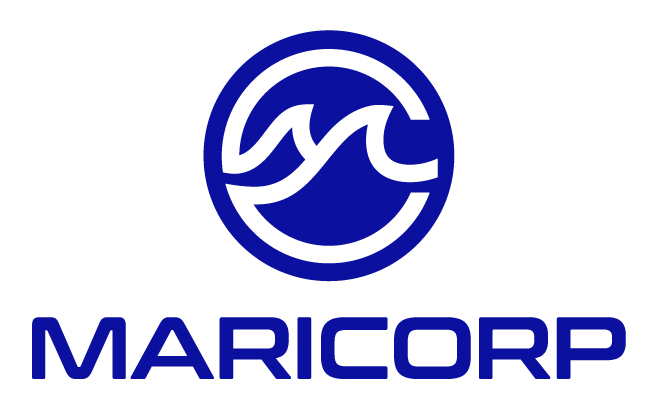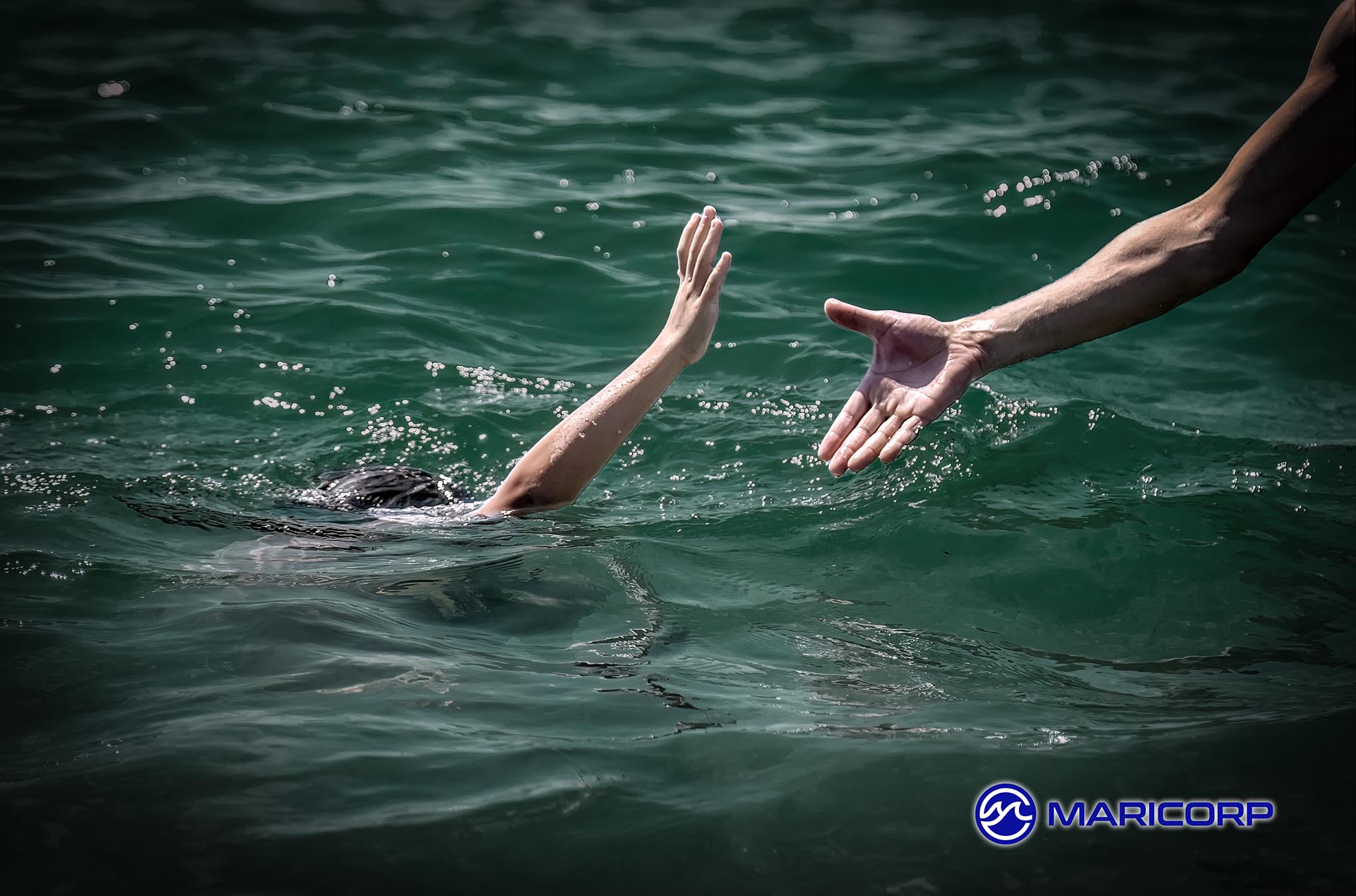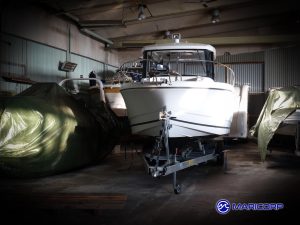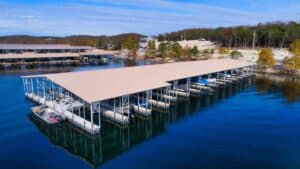World Drowning Prevention Day: A Crucial Call to Action
World Drowning Prevention Day, observed annually on July 25, serves as a pivotal reminder of the global effort needed to prevent drowning. This day, initiated by the United Nations General Assembly in April 2021, aims to raise awareness about the alarming number of drowning incidents worldwide and to advocate for effective measures to prevent these tragedies.
The History of World Drowning Prevention Day
The inception of World Drowning Prevention Day is a relatively recent but significant development in global health and safety advocacy. The United Nations General Assembly’s proclamation in 2021 marked a historic recognition of drowning as a leading cause of injury-related deaths globally. This initiative was driven by the need to address the stark statistics: an estimated 236,000 people drown annually, making it one of the top causes of unintentional death worldwide.
The establishment of this day was a response to growing concerns and the tireless work of organizations like the World Health Organization (WHO), which has been highlighting the issue for years. By designating a specific day, the United Nations aimed to galvanize governments, NGOs, and communities to take coordinated and comprehensive actions to prevent drowning.
The Social Impacts of Drowning
Drowning has profound social impacts, affecting not just the immediate victims but also their families, communities, and economies. Children and young adults are particularly vulnerable, with drowning being one of the leading causes of death for those aged 1-24 years. The ripple effects are vast:
- Loss of Lives: The immediate and most tragic impact is the loss of life. The grief and trauma experienced by families can be long-lasting and deeply affect community cohesion.
- Economic Burden: Drowning incidents lead to significant economic costs, including medical expenses, loss of productivity, and long-term care for survivors with brain injuries or other complications.
- Psychological Effects: Survivors of drowning incidents and those who lose loved ones often suffer from severe psychological effects, including PTSD, anxiety, and depression.
- Educational Disruption: In regions where children are primary victims, drowning can lead to decreased school attendance and educational attainment, perpetuating cycles of poverty and disadvantage.
Importance for Marinas and Boating Communities
Marinas and boating communities play a crucial role in preventing drowning. These environments, inherently connected to water, require heightened vigilance and proactive measures to ensure safety. Here are several reasons why marinas should prioritize educating their customers about drowning prevention:
- High-Risk Environments: Marinas are high-risk areas due to the constant presence of water and frequent human activity. Ensuring that customers understand water safety is essential to preventing accidents.
- Responsibility and Trust: By promoting water safety, marinas demonstrate a commitment to the well-being of their patrons, building trust and a positive reputation within the community.
- Compliance and Regulation: Many regions have strict safety regulations for water-based activities. Educating customers helps marinas comply with these regulations, avoiding legal repercussions.
- Emergency Preparedness: Knowledgeable customers are more likely to act effectively in emergencies, potentially saving lives before professional help arrives.
- Community Engagement: Marinas that engage in safety education contribute to the broader community effort to reduce drowning incidents, aligning with global initiatives like World Drowning Prevention Day.
Educational Strategies for Marinas
To effectively educate their customers, marinas can adopt several strategies:
- Safety Workshops: Regular workshops and training sessions on water safety, CPR, and emergency response.
- Signage and Literature: Clear and visible safety signs, brochures, and handouts that provide essential safety information.
- Online Resources: Developing a section on their website dedicated to water safety tips, resources, and links to authoritative organizations.
- Partnerships: Collaborating with local safety organizations, lifeguard associations, and health departments to provide expert knowledge and resources.
Implementing Safety Measures
Ensuring that safety measures are in place is another critical step. This includes maintaining clean and well-marked swimming areas, providing life-saving equipment such as life rings and flotation devices, and having trained lifeguards on duty. Regular safety drills and checks can help ensure that the marina is prepared for any emergencies.
Promoting Safe Practices
Marinas can promote safe practices by encouraging responsible behavior on and around the water. This includes advising against swimming alone, avoiding alcohol consumption while swimming or boating, and being aware of weather conditions. By fostering a culture of safety, marinas can help prevent accidents before they occur.
Community Engagement and Advocacy
Beyond direct customer education, marinas can engage with the broader community to advocate for drowning prevention. Partnering with local schools, community organizations, and health departments can amplify their efforts. Hosting community events, such as open days or safety fairs, can raise awareness and educate a wider audience.
Supporting Global and Local Initiatives
Marinas can also support global and local initiatives dedicated to drowning prevention. This might include fundraising for organizations that provide swimming lessons to children or supporting legislative efforts aimed at improving water safety standards. By aligning with these initiatives, marinas can contribute to a larger, coordinated effort to reduce drowning incidents.
The Global Call to Action
World Drowning Prevention Day serves as a powerful call to action for marinas and all stakeholders involved in water activities. The theme for this day often revolves around collective responsibility and the steps everyone can take to make a difference. By participating in this global movement, marinas not only enhance their own safety standards but also help foster a safer environment for everyone.
Taking Steps to Make a Difference
Simple steps can have a profound impact. Encouraging the use of life jackets, promoting swimming lessons, and ensuring that all safety equipment is up to date are practical measures that marinas can implement. Additionally, engaging in advocacy and supporting drowning prevention campaigns can help create a ripple effect, inspiring others to take action.
World Drowning Prevention Day is more than just a day of observance; it is a critical reminder of the ongoing efforts needed to prevent drowning incidents worldwide. Marinas, with their unique position within the community, have a vital role to play in this endeavor. By educating their customers, implementing robust safety measures, and engaging in community advocacy, marinas can make a significant contribution to drowning prevention. Let this day be a catalyst for action, encouraging everyone to take steps towards a safer future on the water.
To learn more about drowning prevention and access valuable resources, consider exploring the following links:
- World Health Organization (WHO) – Drowning Prevention
- UN Resolution on Global Drowning Prevention
- International Lifesaving Federation (ILS)
- Centers for Disease Control and Prevention (CDC) – Drowning Prevention
- Royal Life Saving Society – Drowning Prevention
Additional Safety Articles:
- Distracted Boating Awareness
- Operational Marina Safety Planning
- Remote Control Drones to the Rescue for Drowning Vicitims
- Choosing a Life Jacket – The First Step to Boating Safety
- 6 Basic Boating Safety Tips and the Stats that Support Them
- Electric Shock Drowning Prevention Tools
- Importance of Life Jacket Maintenance and Inspection
About MariCorp
Maricorp is one of the largest floating boat dock manufacturing and construction companies in the United States, specializing in galvanized steel floating docks and boat lift systems. With projects spanning coast-to-coast, Maricorp provides marina consultation and design, marine construction, marina repair and renovation, and boat dock disaster response and demolition.














